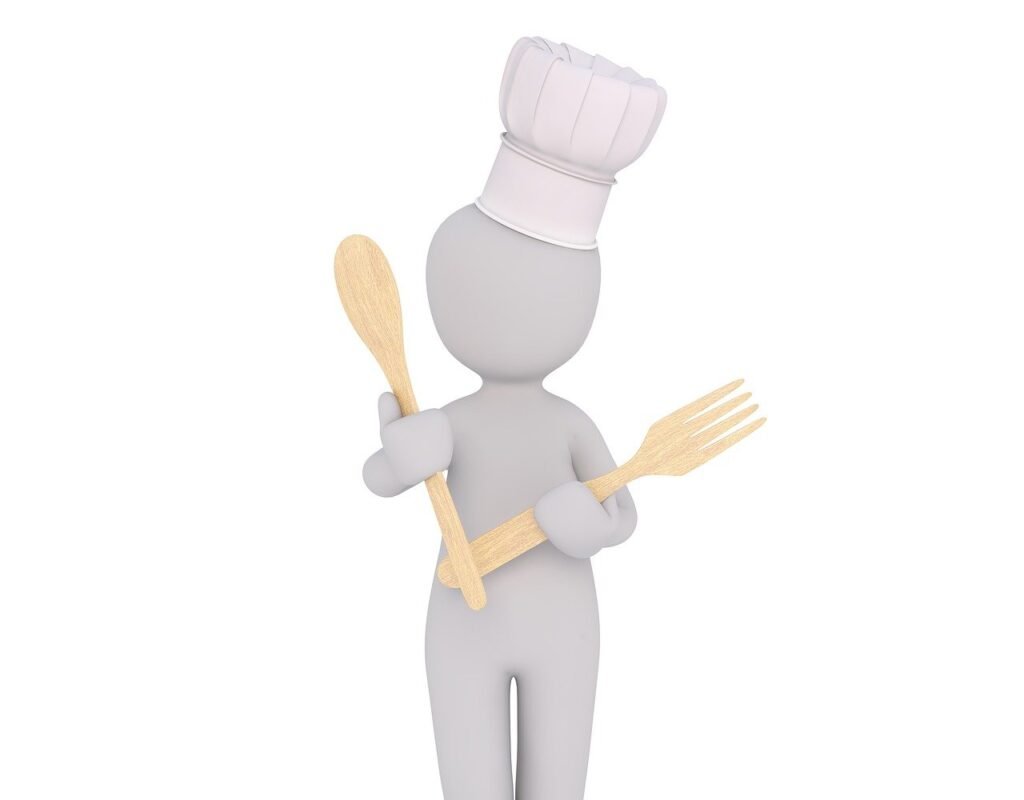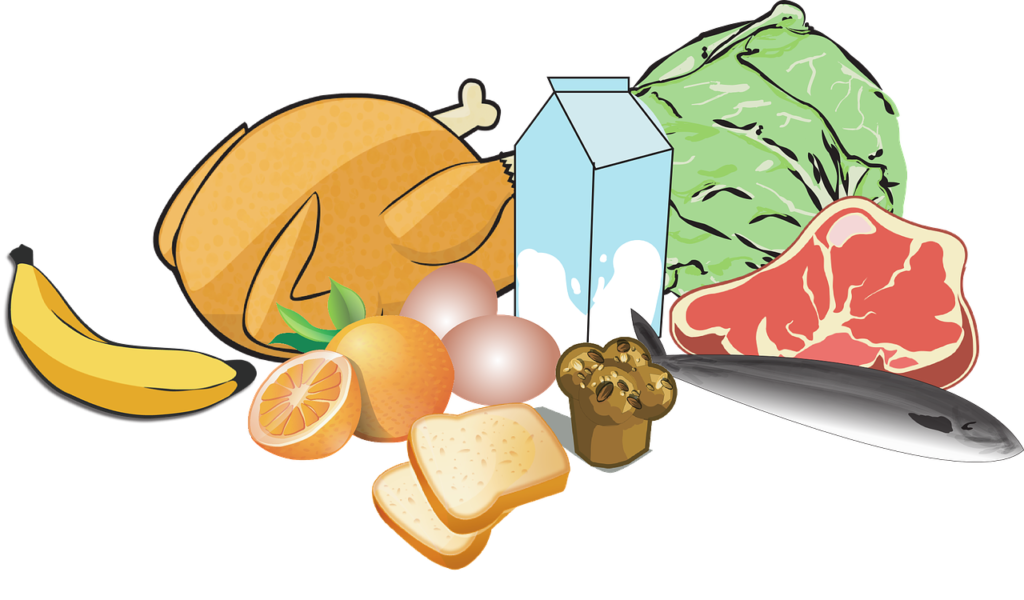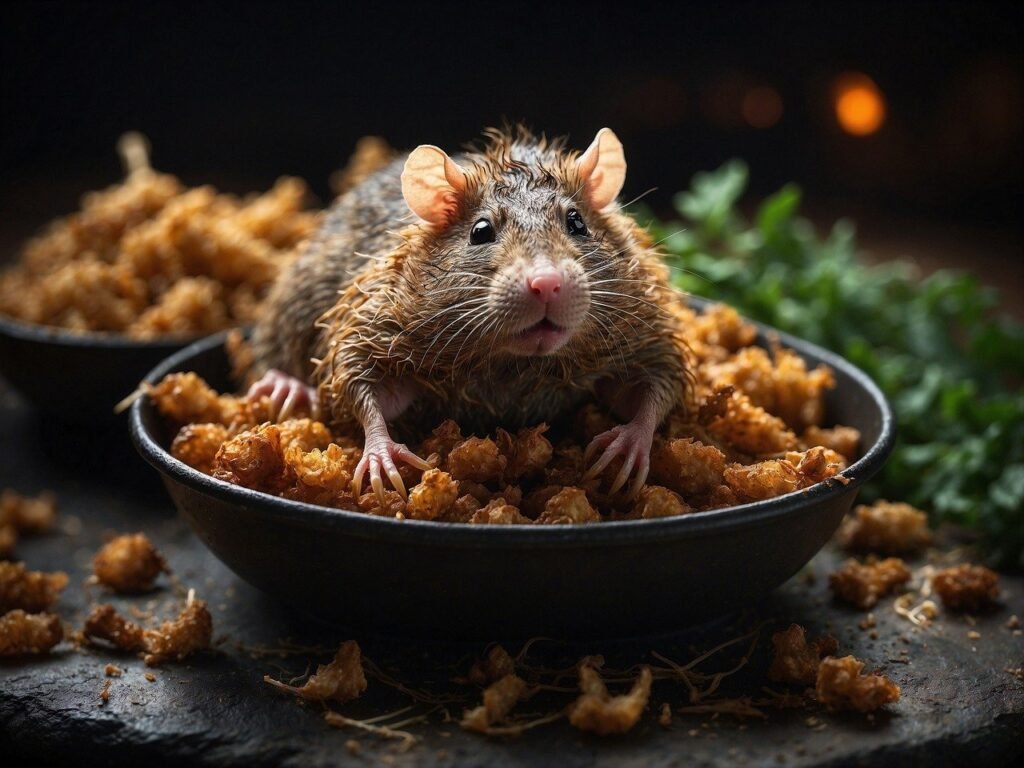When people are asking what is the best way to prevent poor food safety, the answer will for sure need lots of details.
Because improving the food safety level depends on many factors.
We will try to cover as many of them as we can in this post.
But first let’s uncover some of the catastrophic consequences that may happen if we have poor food safety in our organization.
Poor food safety can cause:

Food borne illnesses are the most common consequence if poor food safety that is affecting around 48 million American every year.
These food borne cases can vary from mild symptoms to fatalities.
These food borne illnesses cost more than $14 billion
As these costs are not only treatment costs, organizations also can suffer productivity loses more due to food borne illness.
The journal of food distribution published a study on 2019 proved that a food safety incident can push 80% of consumers to lose the trust in a brand.
So as any safety related issue, food safety events can affect Personnel – Environment- Assets – Reputation.
Now it is time to discover the best way to preventing poor food safety.
Factors to consider to prevent poor food safety
In order to improve the food safety level in our organization, we need to consider many factors.
Let’s categorize these factors into macro groups first, each group will include many practices that together can ensure proper food safety.
So, avoiding poor food safety requires many improvement in:
- Human factor,
- Food material,
- Tools and equipment,
- And the surrounding environment.
Human factor:
Absolutely, it is the most crucial factor in food industry.
Proper management of human factor inside the food organization can ensure the success of the entire organization.
So, in order to enhance the food safety we need to improve the following:
Competency:
A competent worker is a back bone for a successful food organization.
Competency is a combination between knowledge, experience, skills and personal attitude.
So, we need to select our staff properly and ensure providing them with the required training and knowledge.
Our crew must be aware about all food safety regulations and standards.
Fitness to work:
The food industry workers must be fit enough to perform their activities in a safe way.
Food borne illnesses can be spread very easily if an employee is sick with an infectious disease.
Also, he must be physically and mentally fit to perform his activities which may require big efforts when it comes to manual handling for food material and equipment.
If the worker is suffering any fatigue or not focused enough, this can increase the risk of committing mistakes that can turn into unsafe acts affecting the food safety.
Sometimes the worker may forget to clean the surfaces or improperly store foods because he is exhausted or not mentally fit.
Periodic medical checks and fitness to work reports are mandatory legal requirement to ensure the fitness of food industry workers.
Work stress:
If the worker is suffering any kind of stress, this for sure will affect his concentration in a bad way, leading to health threatening mistakes as mentioned above.
So, employers are required to prevent any kind of work stress on their staff.
This requires to provide the workers with all suitable tools and equipment, ensure the adequacy of manpower and distribute the works properly.
Everyone need to know exactly what are his roles and responsibilities and the work has to be organized properly.
Employee Hygiene Practices:
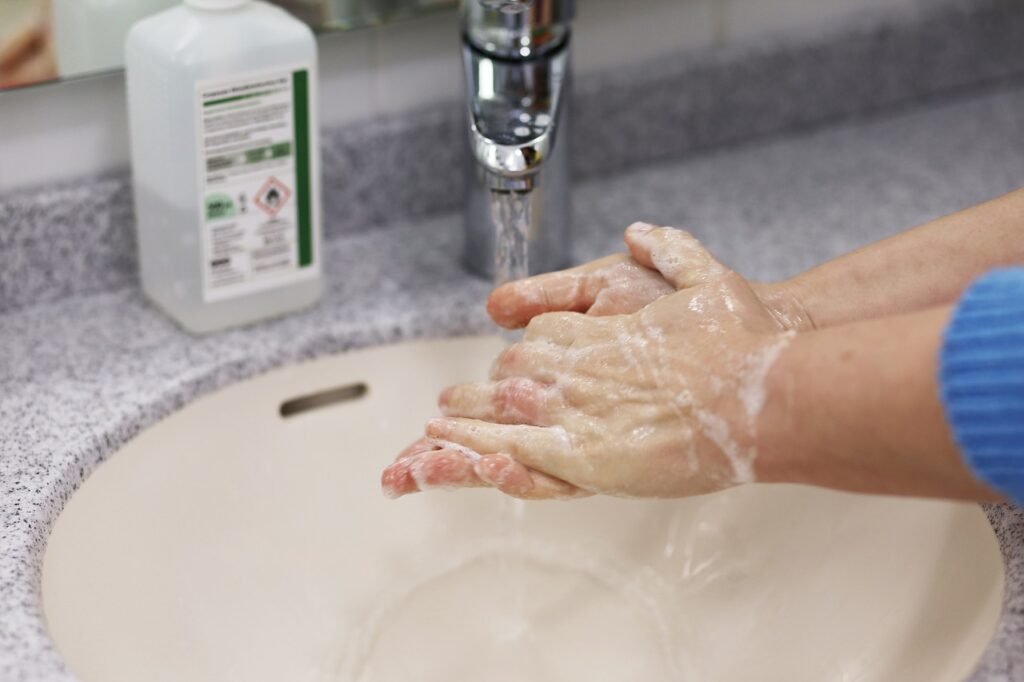
This area is basically found in a competent worker.
As we mentioned above, a competent person should be well educated and has the adequate required knowledge.
And For food industry, hygiene is a crucial area of study.
More than being competent, workers need to work under proper supervision to ensure their commitment towards personal hygiene procedures.
Update their knowledge
Workers also need to be aware about any updates regarding the food safety standards and regulations.
This can be fulfilled through proper communication with the top management to discuss all food safety updates.
Proper Supervision:
Active monitoring can be used to ensure that workers are following the food safety procedures in a proper way.
We can then ensure that workers are implementing proper handwashing, temperature controls and following the cleaning and sanitation protocols.
Also, this can help us to early identify any potential unsafe conditions, like equipment conditions and food handling procedures.
Another good benefit is to provide workers with the support, training and continuous development.
Incident reporting:
Workers should be motivated to record and report any food safety observations, and the management must then take the necessary actions to perform the proper corrective actions towards these observations.
This will send a message to the workers that they are considered a powerful tool for system improvement and that their management is caring about them.
Food material:
The second very critical element to prevent poor food safety is the material itself.
During the entire food processing stages, we have to take care about the food material.
supplier qualifications
Supplier selection can affect the food safety both directly and indirectly.
As it can ensure the quality and safety of food ingredients, this can directly influence the quality of the final product.
We need to make sure that the supplier is following the food safety regulations to minimize the food safety risks.
Regularly audit your suppliers’ facilities and practices to verify they are meeting your food safety requirements.
Food storage
Following the food storage best practices can prevent poor food safety.
Unfortunately, many common food storage practices can cause cross contamination.
It is very important to follow the FIFO rule to avoid having expired food material.
Never store the raw foods with prepared food. and take care about the storage area periodic cleaning and sanitation.
Never store food material adjacent to detergents and chemicals, any contact between them can lead to catastrophic consequences.
Packing and segregation
Food material have to be segregated in storage and properly packed to avoid cross contamination.
Make sure that stored foods are inside their well covered packs to prevent unwanted contact between different foods.
Expiry dates
Having an updated register can help you to follow the date of manufacturing and expiry for foods.
periodically check the stored foods to ensure validity.
Temperature control

The bacteria TDZ (Temperature danger zone) is between (40°F – 140°F). This range is the ideal food bacteria to grow and multiply. Keep the stored food away from this zone.
It is very important to have calibrated and properly working temperature monitoring devices.
Tools and equipment:
Proper equipment selection
Proper equipment selection
Depending on the nature and complexity of your food business, you must select the most suitable tools and equipment.
Choose equipment with smooth, easily cleanable surfaces and minimal crevices where food debris and bacteria can harbor.
Sanitation
Make sure to effectively clean and sanitize your equipment using approved methods and chemicals.
Following the proper cleaning and sanitation programs can ensures the removal of food residues and pathogens, preventing cross-contamination
If you want to know more about which storage practices could cause cross-contamination read this article.
Maintenance and inspection
Regular Preventive maintenance ensures proper functionality and prevents breakdowns that could compromise food safety
Also make sure to perform periodic checks and calibration for the thermometer and temperature control equipment.
It is crucial to ensure Accurate Readings to Avoid the Danger Zone
Follow color code
Although it is not a mandatory requirement, it is still recommended to follow a color code for knives and cutting boards.
Following these color codes can prevent the contact between foods and certainly avoid cross contamination in food preparation .
Environment:
We mean by environment the area where our food exist.
This surrounding area can greatly influence the food safety in many ways.
infra structure
A well-designed facility promotes good hygiene practices by separating clean and dirty zones.
Also minimizes the risk of cross-contamination throughout the food handling process
Also the area facilities need to be audited regularly to early discover any damage in the structure, sewer systems or waste aggregation areas
Make sure that the floor and walls are in good condition and are not hosting any insects inside.
Pest control
Pests are one of the very common causes for poor food safety as they can help spreading pathogens through many ways.
We have to make sure to follow an effective Integrated pest management program (IPM), not only to comply with legal requirements, but also to avoid harmful foodborne illnesses.
Facility location and layout
It is better to select your food business location away from heavy traffic or industrial locations.
The industrial wastes and exhaust can have an improper effect on the quality and safety of served foods.
Waste management
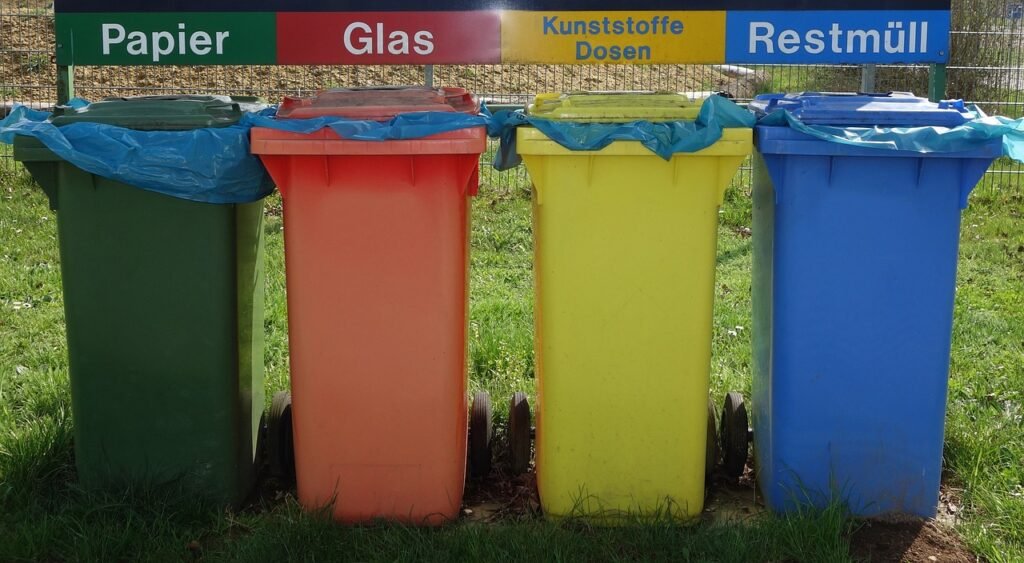
This is another legal requirement than need to be fulfilled.
Hundreds of laws and regulations have been issued allover the world forcing organizations to follow effective waste management programs.
While for food safety, isolation of waste areas from the food preparation and storage areas is greatly enhancing the food safety levels.
Conclusion
Briefly, it is not simple to determine what is the best way to prevent poor food safety.
In order to reach the acceptable level of food safety, you need a specific food safety management system.
This system must aim to enhance all the following factors:
Take care about your workers:
- Properly select c0mpetent staff
- Make the proper supervision
- Communicate with workers
- avoid stressful works
- Enhance their knowledge
- provide them with sanitization tools.
- Listen to their comments and improvement suggestions.
Make sure that your food material are:
- Properly selected from an approved origin
- Properly stored.
- Follow FIFO rule
- Properly segregated and packed in the storage areas.
- Not expired yet.
- Away from the temperature danger zone.
Your tools and equipment must be:
- Fit and suitable to your business size.
- Regularly inspected and calibrated.
- Follow the PM programs.
- Immediately perform any required corrective maintenance
- Always clean and sanitized.
- Color coded.
Last but not least, the surrounding environment:
- Good design, layout and infra structure.
- Proper pest control.
- Waste management
I hope that my efforts could answer your question: what is the best way to prevent poor food safety ?
For sure you will find many answers in this post.
You can use these words to form a checklist that you can use when you want to ensure about your food safety performance.

